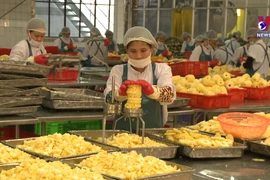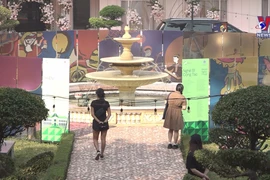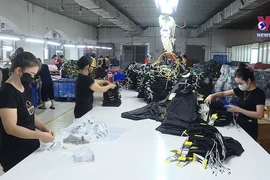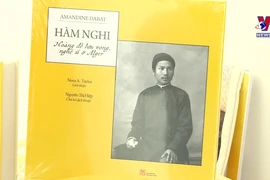Bamboo and rattan, ceramics, wooden furniture, embroidery, lacquer, and stone carving. With more than 2,700 craft villages, Vietnam is home to about 200 different types of handicraft products, many of which have been produced for hundreds or even thousands of years.
Artisans at craft villages have diligently maintained their occupation and created new products.
In Vietnam, many craft villages are producing items for both export and domestic consumption, attracting tourists and developing accompanying services. In Hanoi alone, revenue from its nearly 300 craft villages in 2022 amounted to more than 825 million USD.
While there have been policies introduced to promote the development of craft villages associated with tourism, most craft businesses and households have been searching for partners on their own.
The most difficult thing for craft villages is finding markets, because many products from traditional craft villages come with high prices while product designs lack diversity and have failed to keep pace with consumer tastes both at home and abroad.
In the strategy to develop Vietnam’s cultural industries to 2020 with a vision to 2030, approved by the Prime Minister, there are 12 important fields, including handicrafts.
Experts said there is absolutely reason to believe that Vietnamese traditional handicrafts can become a key economic sector, creating a driving force for the development of other cultural industries./.



















